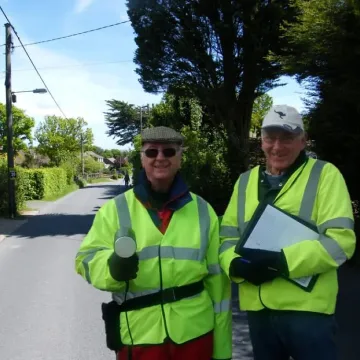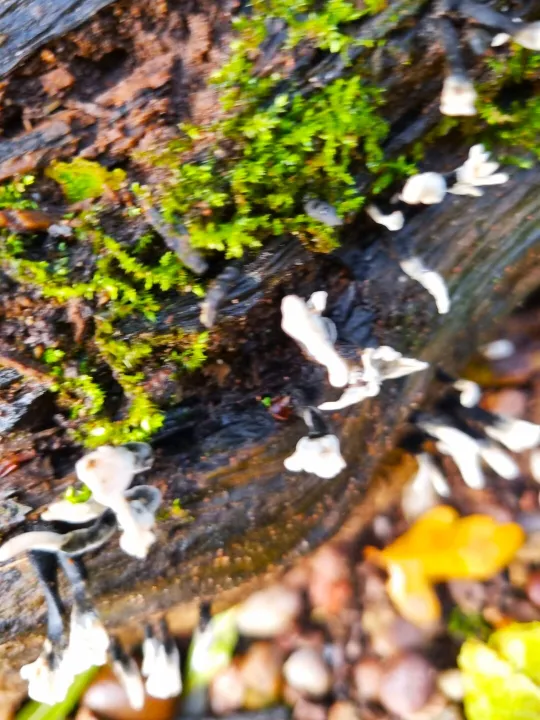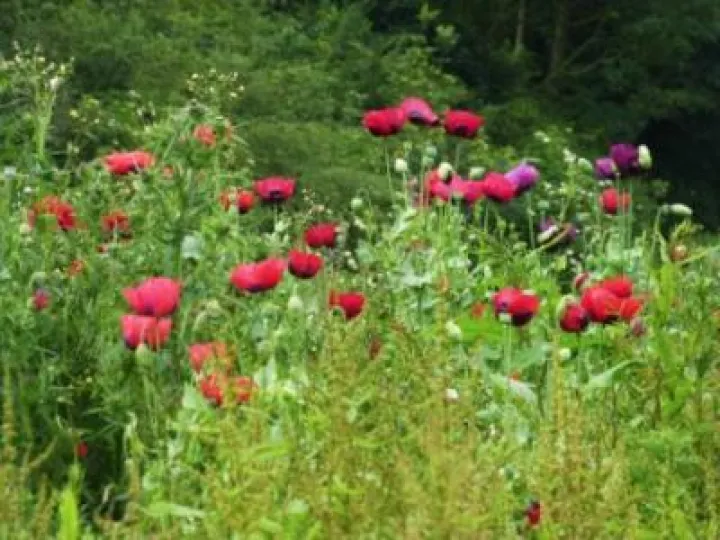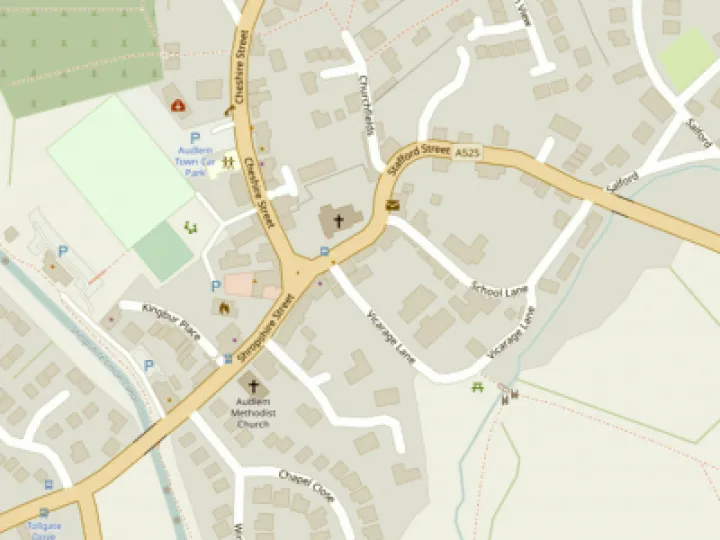







The Face of Fungi
To avoid confusion this is not an article about beards. Rather it is about the experience that we encounter at this time of year when we wander in the realm of the natural world. Autumn is the season when we crunch acorns beneath our feet and wander in the golden change of colour in the leaves above us. It is the time of the sparklingly polished conkers and also when we see the eruption of life from the mysterious hidden world in the soil around us.
A turn around Turnpike Fields the other day netted seven different kinds of flowering fruit of fungi which we call mushrooms. Some are camouflaged in smoky brown colours while others stand out in a blazing display. Some are so delicate and small, no more than the size of a 1p piece, others the size of saucers. They all tell us, that beneath the soil is an organism which is both mysterious and powerful. Fungi are made up of a network of strands called mycellia and these can spread for great distances.
One of the oddities of Fungi is that science tells us the organism is closer to the animal kingdom than to plants. They are also very, very old, with the first fungi having formed, as fossil records show, some 1 billion years ago. So it has had a long time to get its act together and this it surely does, being integral to the life and well-being of much plant life and the whole ecosystem. As such, fungi form an important part in the health of the soil. Our great trees are dependent on the symbiotic relationship they share with fungi, for minerals needed and as a network for communicating between trees. Rightly the fungal network has been called the Wood Wide Web. Some fungi have a particular relationship with a species or type of tree. Look around an oak tree and you may see the fruiting evidence of particular fungi like “chicken-of-the-wood”. Some, like bracket fungi, are attached to the trunk , others from the tiny Milky Bonnet to the much larger blowsy Purple Brittlegill can be seen in the leaf litter at the base of the tree and both these I found on Turnpike Fields.
One of the fungi in evidence just now is Honey Fungus (Armilia galica) which despite its name is considered bad and destructive. Recent research has shown this is only partially true. There are a number of species of Armilaria which are difficult to distinguish by eye and are known through DNA testing. Only some of these are parasitic to trees, the others feed on dead and decaying wood and (here is the word of the week) are “Saprobic”.
Another feature of some fungi which you will only discover after dark is that they are bioluminescent. They glow with UV light. One such I saw in Dorothy Clive Gardens the other day, called Candlesnuff Fungus, also called Stag’s Horn Fungus.
Human interest in fungi has always been, rightly, cautious as a number of species are highly toxic to humans. On the other hand, mushrooms are familiar in the culinary world and what is a Big Breakfast without mushrooms! For millennia indigenous peoples knew the hallucinogenic properties of some fungi. Fungi also feature in folklore with fairy rings (evidence of the fungal network in the soil).
And, of course, they are one more element of Autumn’s natural beauty to us, giving the hope, during the season of remembrance, that out of death comes life and life in all its goodness – a certainty in nature and a real hope for humans.
Get In Touch
AudlemOnline is powered by our active community.
Please send us your news and views using the button below:
Email: editor@audlem.org






